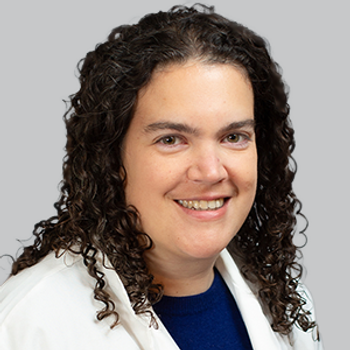
Neuromodulation to Treat Cluster Headaches
Researchers tested the efficacy of neuromodulation of the sphenopalatine ganglion to treat patients with drug-refractory cluster headaches.
Use of neuromodulation of the sphenopalatine ganglion (SPG) was effective at inducing long periods of remission from cluster headaches, according to the results of a small study published in The Journal of Headache and Pain.
“Long-term SPG stimulation induced a state of headache remission of varying duration in 30% of patients considered drug refractory,” wrote researcher Mads C. J. Barloese, of the Department of Neurology, Rigshospitalet-Glostrup, University of Copenhagen, Copenhagen, Denmark, and colleagues. “According to current diagnostic criteria (ICHD-3 beta), remission periods, as described above, effectively mean that the patient’s diagnostic status changes from chronic to episodic within one year.”
According to the study, many people with cluster headaches are undertreated despite available therapies. In addition, a subset of patients is refractory to available treatments.
This study tested the use of an implantable microstimulater next to the SPG, a well-recognized target of therapeutic interventions for headache, that allows for repeated stimulation of the SPG. The researchers examined whether use of neuromodulation of the SPG would effectively treat acute pain and improve quality of life.
The study included 33 patients with medically refractory chronic cluster headaches. Patients were monitored for self-reported attack frequency, headache disability, and medication intake. All patients were followed for at least 2 years after insertion of the SPG stimulator.
About one in three patients (30%) had at least one period during the study with complete attack remission. All of the attack-free periods began after initiation of SPG stimulation. In all 10 patients with this response, the initial attack-free period occurred at 159 days after microstimulator insertion. The average remission period was 149 days.
“SPG stimulation’s ability to acutely treat chronic headache attacks is maintained, providing acute relief both before and after remission,” the researchers wrote. “Following the remission, headache disability is reduced, and some patients can also reduce their use of medications.”
Patients reported no significant difference in their ability to treat acute attacks before and after microstimulation; however, post-remission headache disability was significantly improved compared with baseline. In addition, 60% of patients with remission had clinical improvements in their use of preventive medication. Specifically, six of 10 patients with remission used no triptans and three of 10 patients used no acute treatments at 24 months.
“All 10 remission patients also completed a questionnaire evaluating their experience with SPG stimulation at 24 months,” the researchers wrote. “All indicated that SPG stimulation was useful for treating their headaches, and they would recommend SPG stimulation to someone else suffering from chronic headache.”
Reference: Barloese MCJ, et al.
Newsletter
Keep your finger on the pulse of neurology—subscribe to NeurologyLive for expert interviews, new data, and breakthrough treatment updates.



































